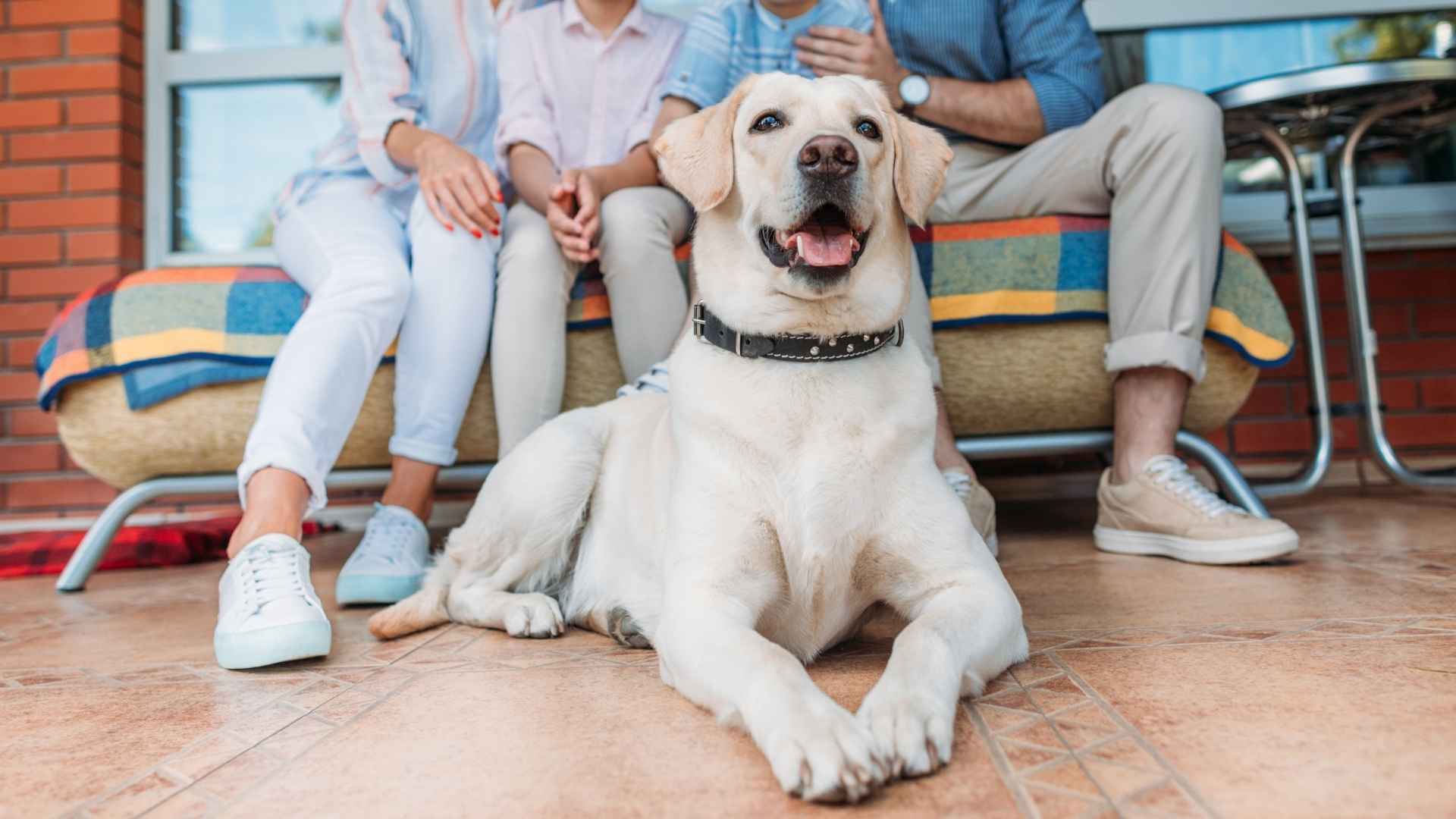Something is reassuring about having a dog that’s always alert, aware, and ready to protect. The best guard dogs don’t just rely on size or strength—they have sharp instincts, unwavering confidence, and the ability to sense danger before it arrives.
Some are calm and observant, watching everything without making a sound. Others are energetic and bold, quick to react when needed. They don’t overreact or bark at every little noise, but when it matters, they make their presence known.
From experienced handlers to first-time owners, there’s a guard dog for every lifestyle. Some breeds are naturally protective, while others develop their skills with the right training. No matter their style, the best guard dogs share one key trait: they’re always ready when it counts.
Guard Dog Breeds with a Calm Temperament for Family Homes
1. German Shepherd
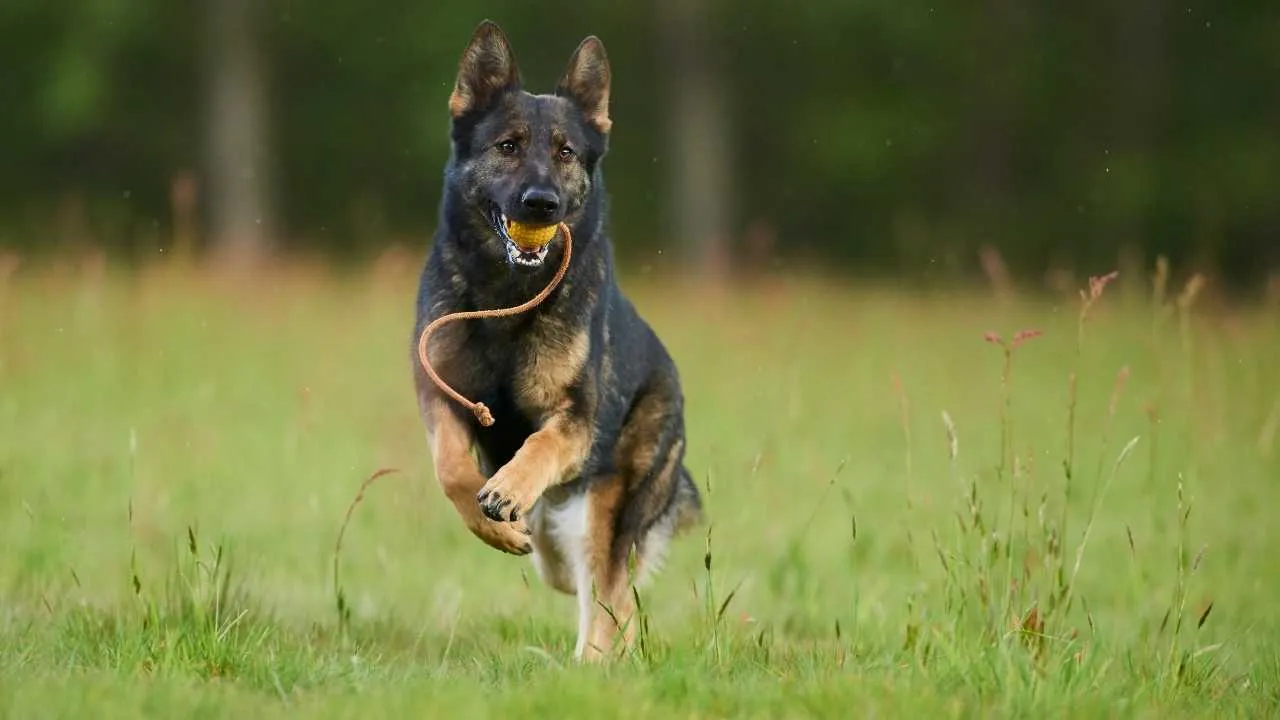
The German Shepherd is renowned for its intelligence and versatility, excelling in both family settings and working roles such as police and military service. Their natural guarding instincts make them one of the most reliable protection dogs, but their ability to bond deeply with their owners ensures they are also affectionate family members.
A well-trained German Shepherd is neither overly aggressive nor anxious. Their protective nature means they are cautious around strangers but quickly learn to distinguish between genuine threats and friendly visitors when properly socialized. Their adaptability allows them to thrive in both suburban homes and rural settings, provided they receive enough mental and physical stimulation.
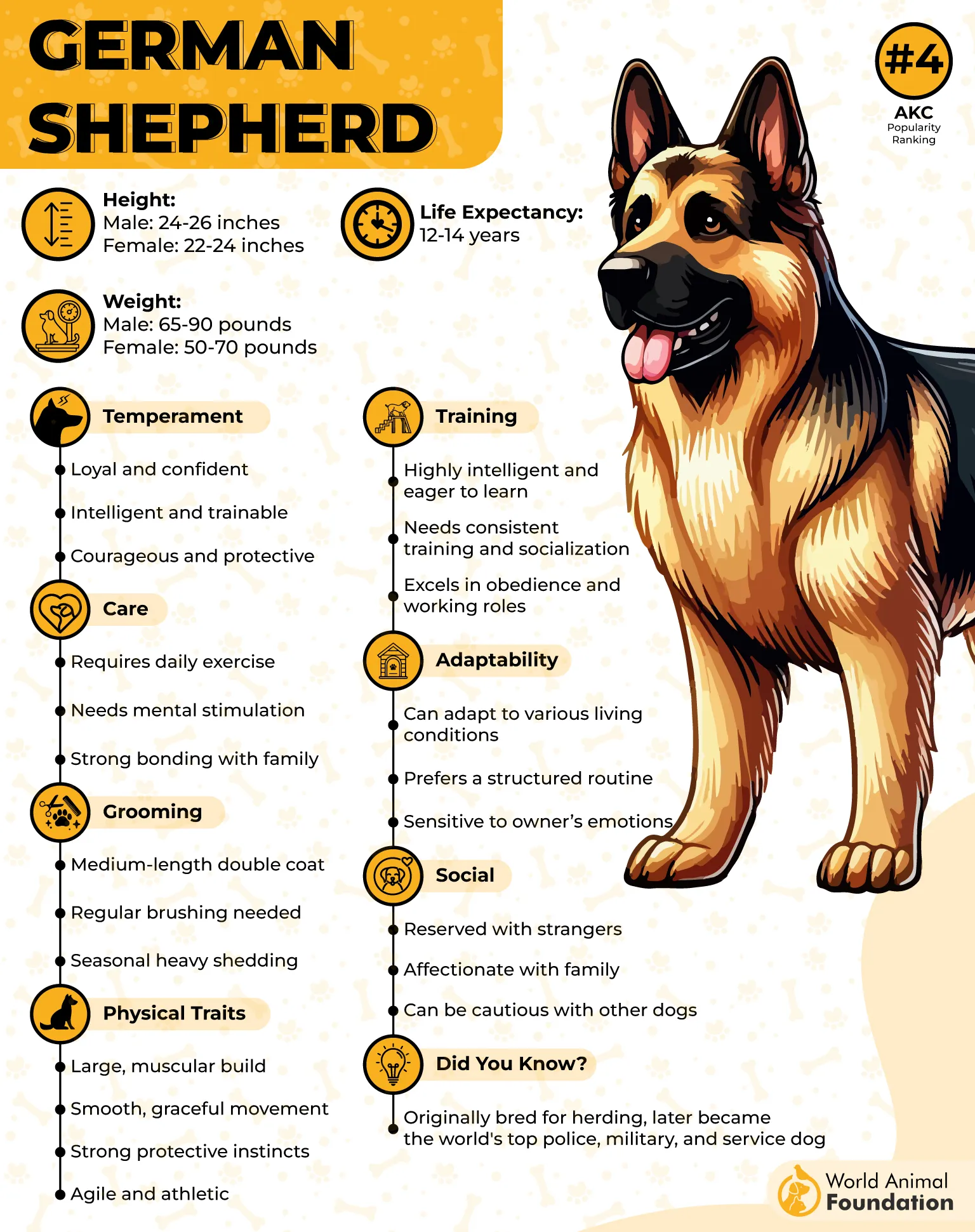
As per AKC, exercise is crucial for this breed, as they are highly energetic and require structured activity. Regular training sessions, puzzle toys, and obedience drills engage their sharp minds. Without proper stimulation, a German Shepherd may develop destructive habits such as excessive barking or chewing.
Their thick double coat sheds year-round, with heavier seasonal shedding. Weekly brushing helps manage the fur, and occasional baths keep them clean. Despite their dense coat, they regulate their body temperature well and can adapt to various climates.
German Shepherds have a strong work ethic, and their eagerness to please makes them highly trainable. They respond exceptionally well to firm but positive reinforcement methods, making them a favorite among experienced dog owners and first-time trainers who are committed to structured guidance.
2. Doberman Pinscher
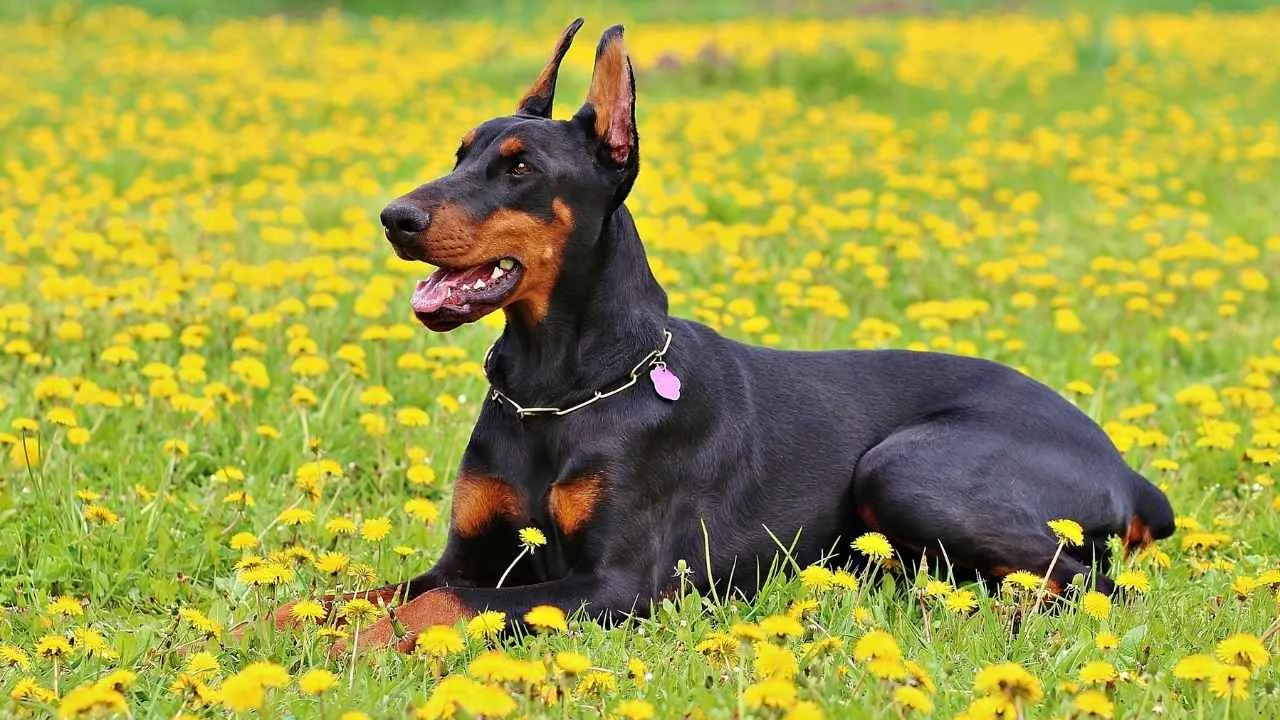
Dobermans were originally bred for protection, making them one of the most naturally alert and responsive family guard dog breeds. Instead of relying on sheer size for intimidation, Dobermans combine speed, intelligence, and strategy when assessing threats. Their ability to react quickly and decisively makes them highly effective in protective roles.
Early socialization is essential for this breed. While Dobermans are naturally wary of strangers, they can be trained to remain calm in non-threatening situations. Their intelligence allows them to understand context, meaning they don’t react aggressively without cause. This makes them excellent for families who frequently have guests, as long as introductions are handled properly.

They have high energy levels and require daily exercise to maintain their health and temperament. Long walks, running, and agility exercises suit them best. Without sufficient activity, a Doberman may become restless and develop anxiety-related behaviors, as they form deep emotional connections with their owners and dislike prolonged solitude.
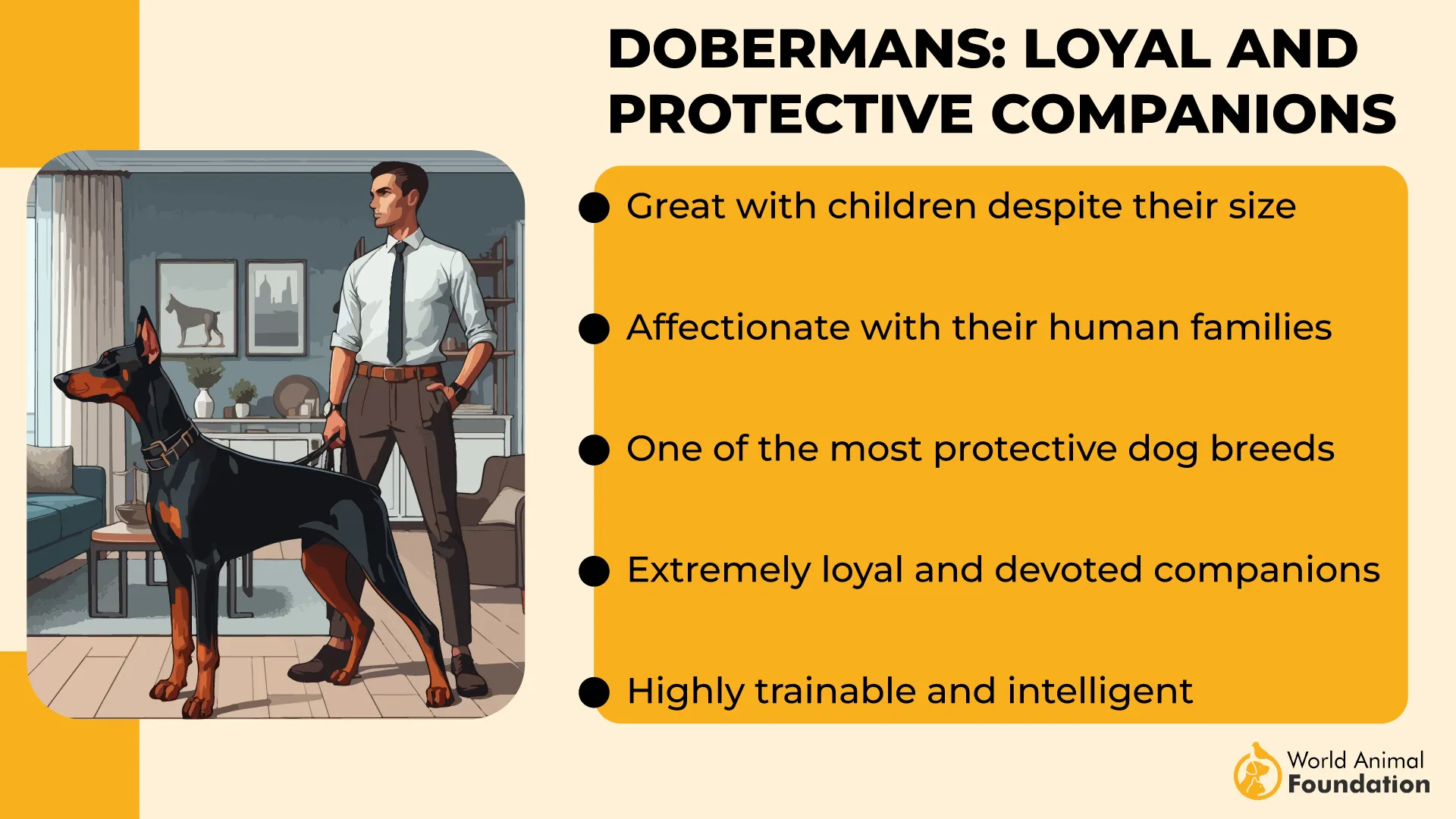
With their short, sleek coats, Dobermans are low-maintenance in terms of grooming. They shed minimally and only require occasional brushing. However, they are sensitive to cold weather due to their thin fur, so owners in colder climates should provide adequate warmth during the winter months.
Training a Doberman requires consistency and confidence from the owner. They respond well to structured routines and positive reinforcement techniques. Their eagerness to learn makes them one of the most trainable breeds, but they thrive best in homes that can offer discipline and daily engagement.
3. Giant Schnauzer
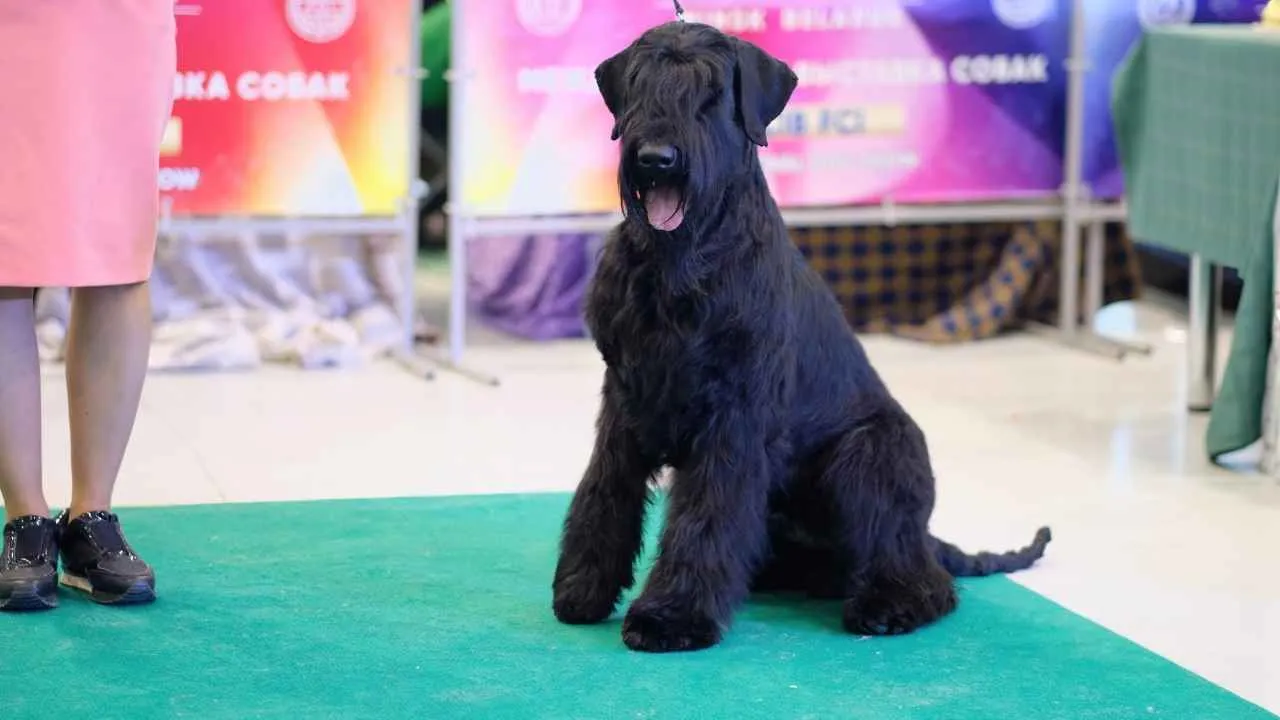
Originally bred to drive cattle and protect property, the Giant Schnauzer is a bold, confident breed that blends protective instincts with deep loyalty. Their lean build and imposing appearance make them natural deterrents, but their temperament is far more thoughtful and composed than their size might suggest.
Giant Schnauzers thrive on strong relationships with their owners. They crave interaction and do not do well if left alone for long hours. This breed enjoys participating in daily activities, making them well-suited for active households.
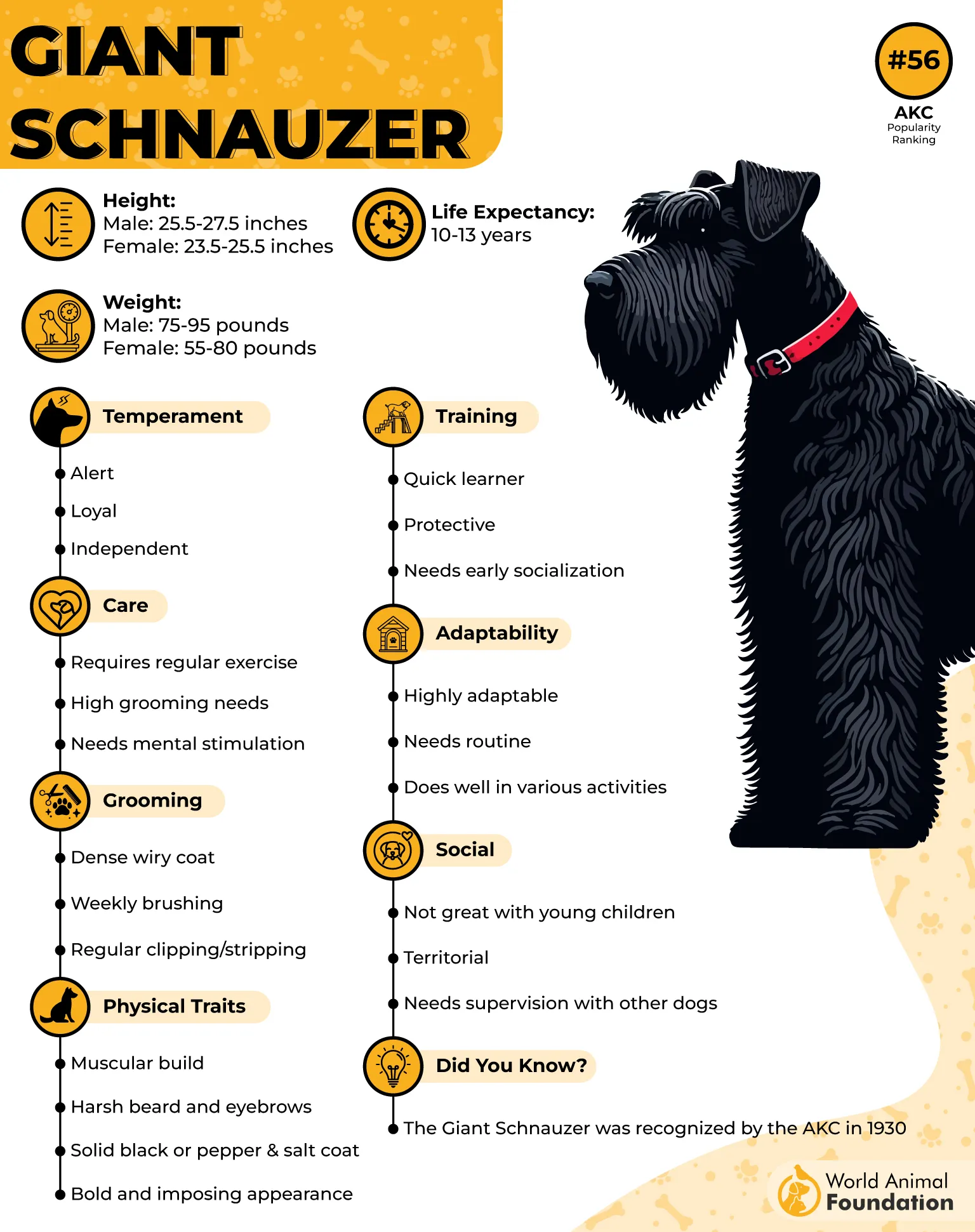
Giant Schnauzers are highly intelligent and task-oriented large dogs, meaning they require not just physical exercise but also mental stimulation. They excel in advanced obedience training, agility courses, and working roles. Without consistent engagement, they can become bored and develop stubborn tendencies.
Their distinctive, dense, wiry coat requires regular maintenance, including brushing and occasional trimming. While they do not shed excessively, their fur can become tangled if not groomed properly. Additionally, routine ear cleaning and dental care are essential for their overall health.
Despite their imposing presence, Giant Schnauzers are not unnecessarily aggressive. These muscular dogs are naturally watchful and territorial, but when properly trained, they remain calm and measured in their reactions. Their ability to differentiate between genuine threats and harmless situations makes them a reliable family protector.
4. Boxer
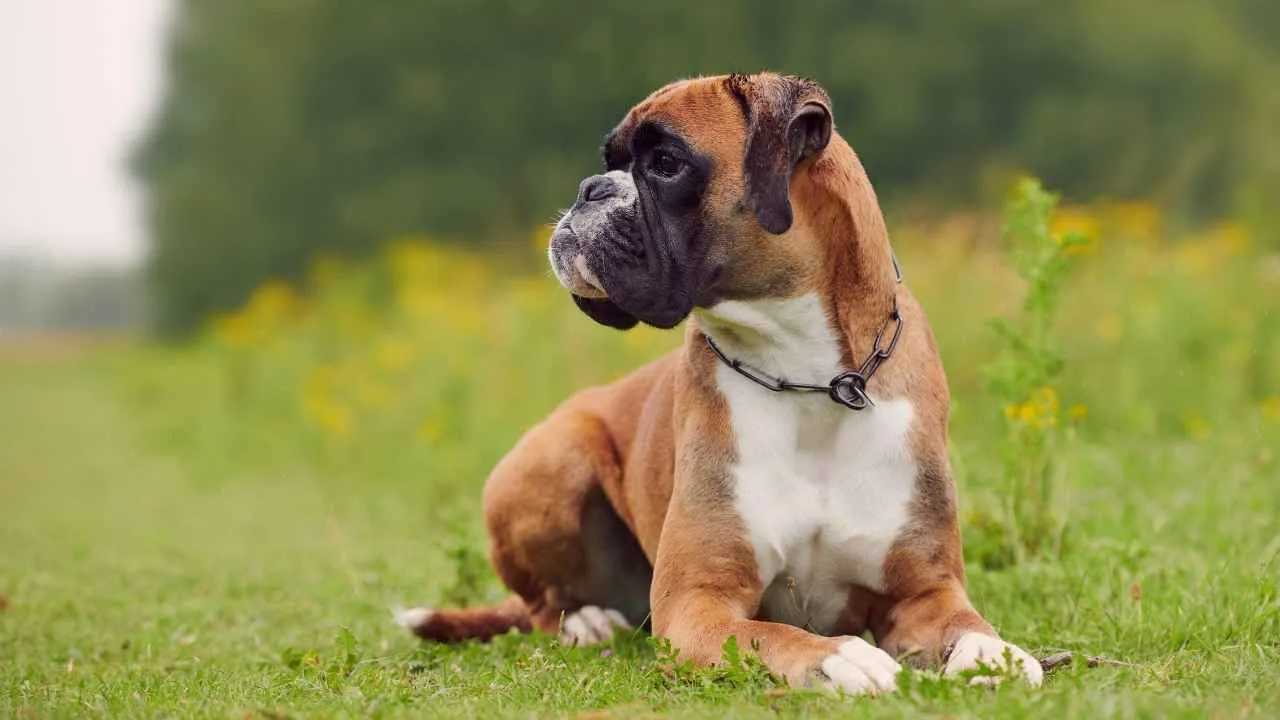
The Boxer is one of the most family-friendly guard dogs, combining high energy levels with a protective nature. Originally bred for hunting and guarding, they are naturally watchful but also incredibly playful, making them excellent companions for children.
Boxers retain a youthful, almost clownish personality well into adulthood. This means they need plenty of playtime and interaction, but it also makes them more approachable. Their energy levels can be high, so regular exercise and structured activities are a must.
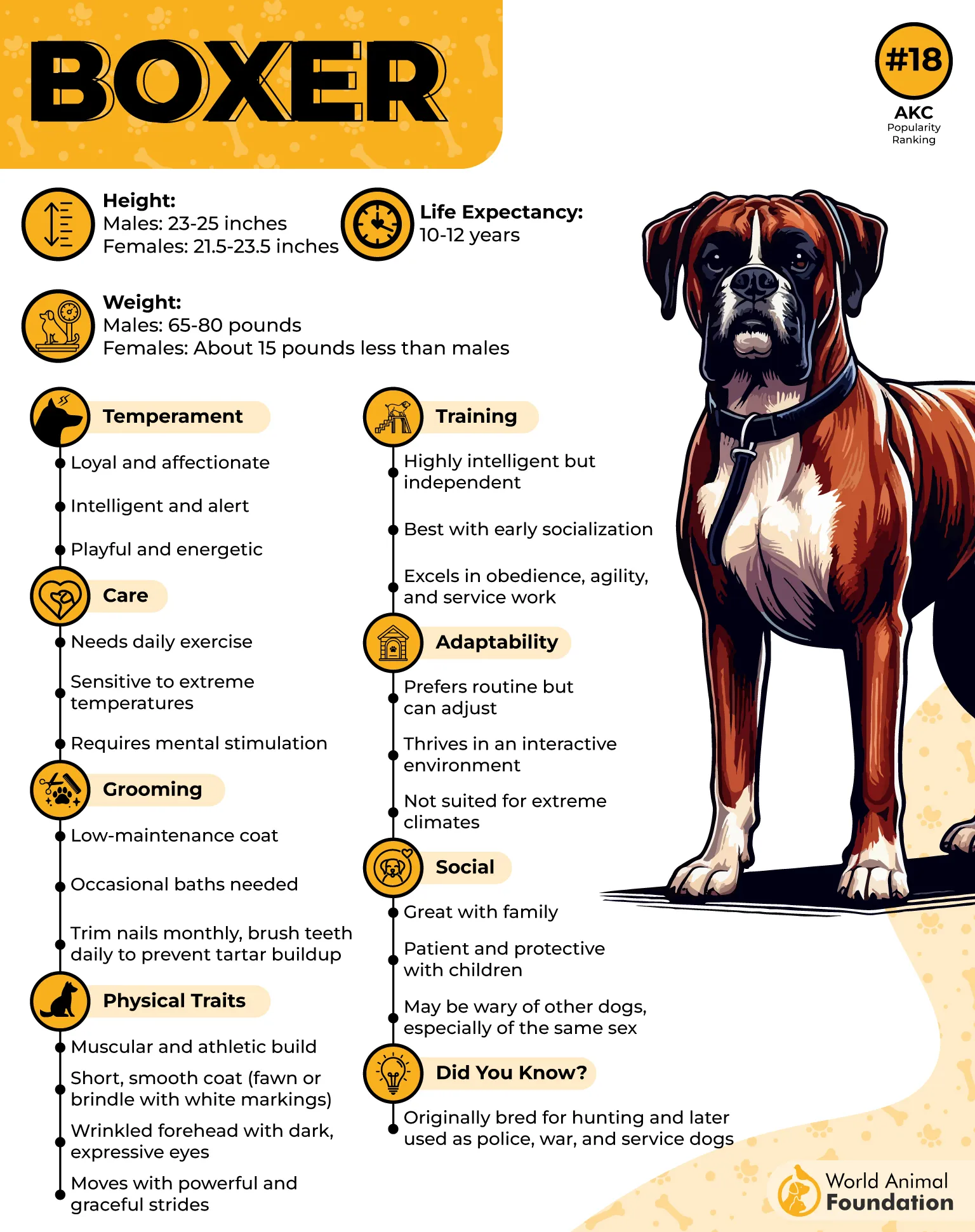
As per PetMD, Boxers have a deep attachment to their families and thrive on human companionship. They are not the type of dogs to sit quietly in a corner; they actively seek attention and enjoy being at the center of family life. This makes them great for busy households where they receive plenty of interaction.
Their short, smooth coat is easy to maintain, but they are prone to overheating due to their brachycephalic (short-muzzled) facial structure. Families in hot climates should take precautions to prevent heat exhaustion, such as limiting outdoor activity during peak temperatures.
Despite their friendly demeanor, Boxers take their guarding duties seriously. They are naturally alert and suspicious of strangers, but with proper training, they can learn to assess situations carefully rather than reacting impulsively. They are an excellent choice for families looking for a balance between protection and affectionate companionship.
5. Bernese Mountain Dog
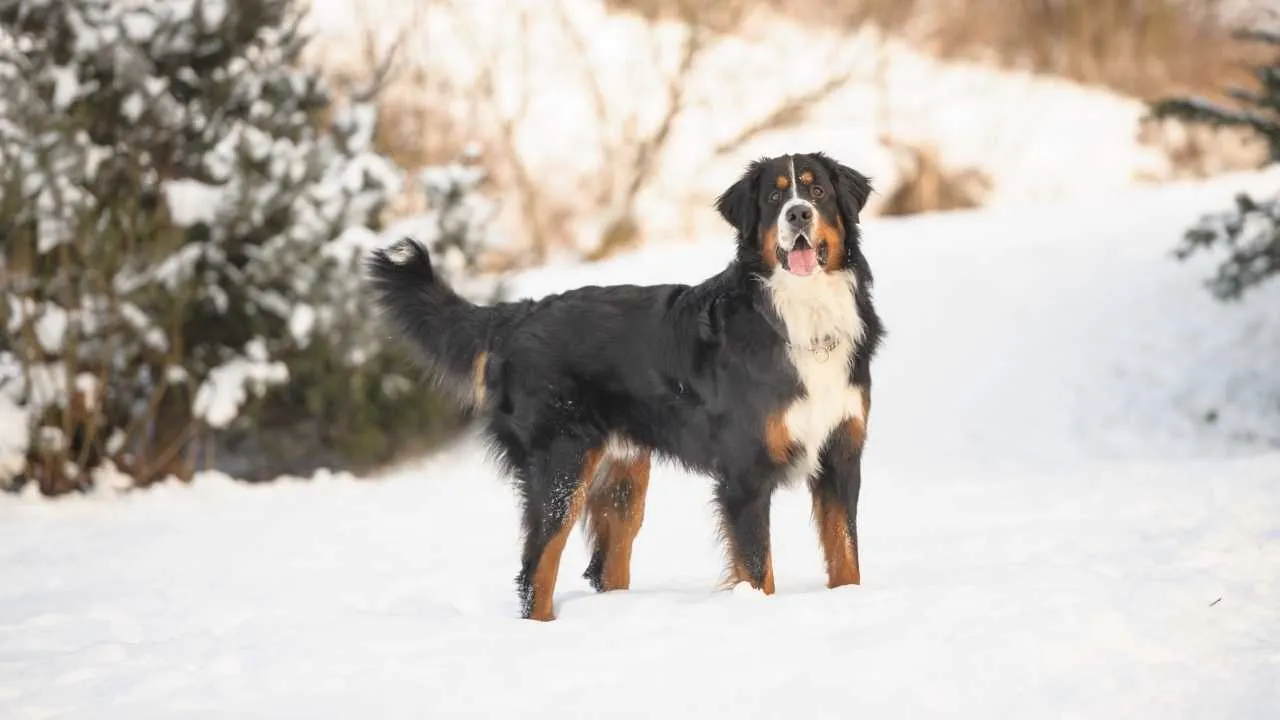
The Bernese Mountain Dog is a large, affectionate breed that excels as both a gentle companion and a reliable watchdog. Originally bred for farm work in the Swiss Alps, this breed is naturally protective without being aggressive. Their strong loyalty to their family makes them instinctively watchful, but their composed and easygoing temperament prevents unnecessary aggression.
One of the standout traits of the Bernese Mountain Dog is their exceptional patience, especially with children. They form strong bonds with their humans and are particularly good at reading emotions. This makes them excellent emotional support animals as well as effective guard dogs. Their presence alone is often enough to deter potential intruders due to their large size and deep bark.
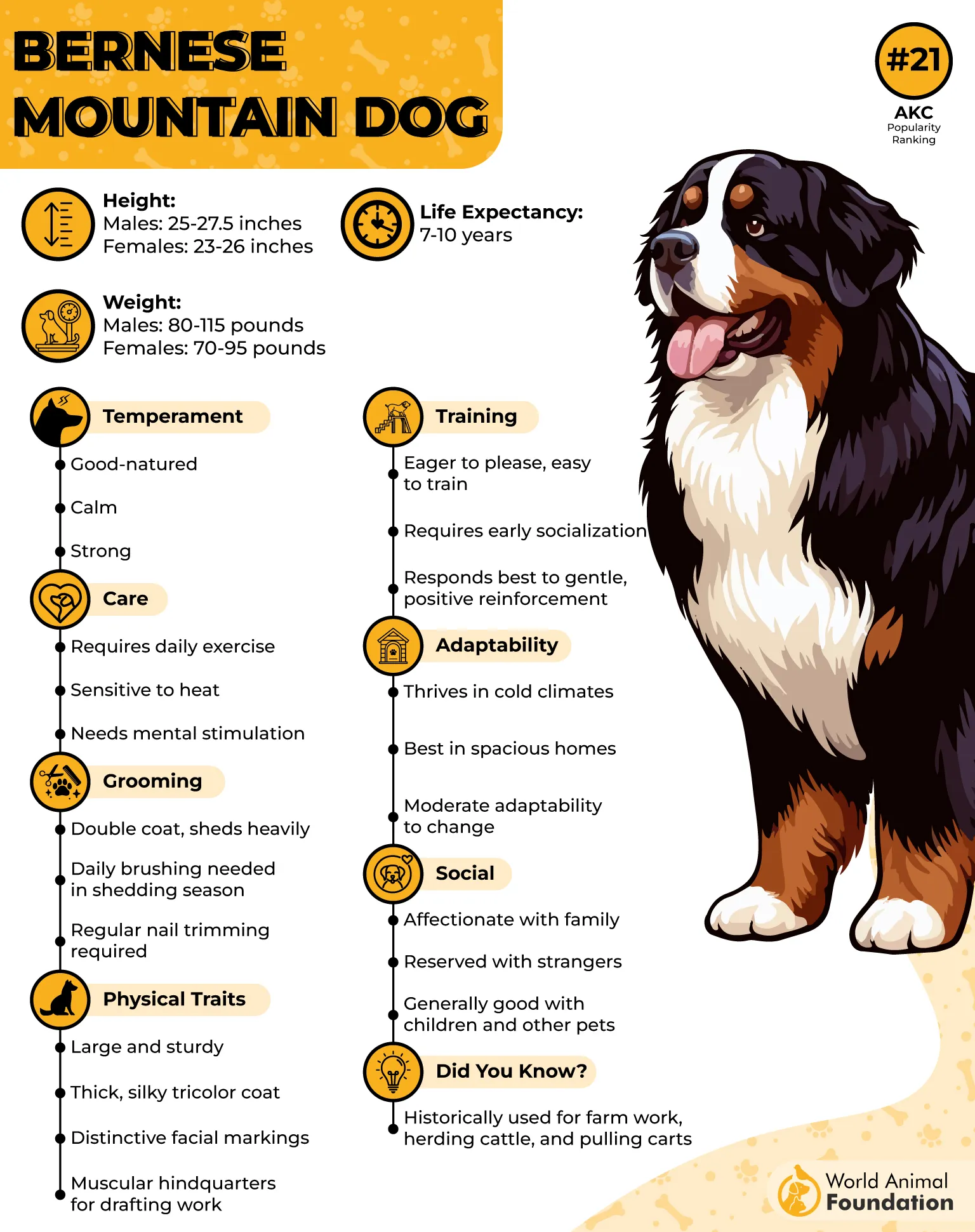
While they are naturally watchful, they do not react impulsively. A well-trained Bernese will assess a situation before acting, making them a level-headed protector rather than an overly reactive one. They are intelligent and eager to please, but training should start early to ensure they grow into well-mannered adult dogs.
Bernese Mountain Dogs require moderate exercise to maintain their health and prevent obesity, as they are prone to weight gain if left inactive. Long walks, light hikes, and play sessions are ideal. Their thick double coat, while beautiful, requires regular grooming to prevent matting and excessive shedding.
Given their calm nature and strong protective instincts, Bernese Mountain Dogs are a fantastic option for families looking for a large but gentle guardian. They are particularly suited for homes with children and spacious yards where they can move around comfortably.
6. Great Pyrenees
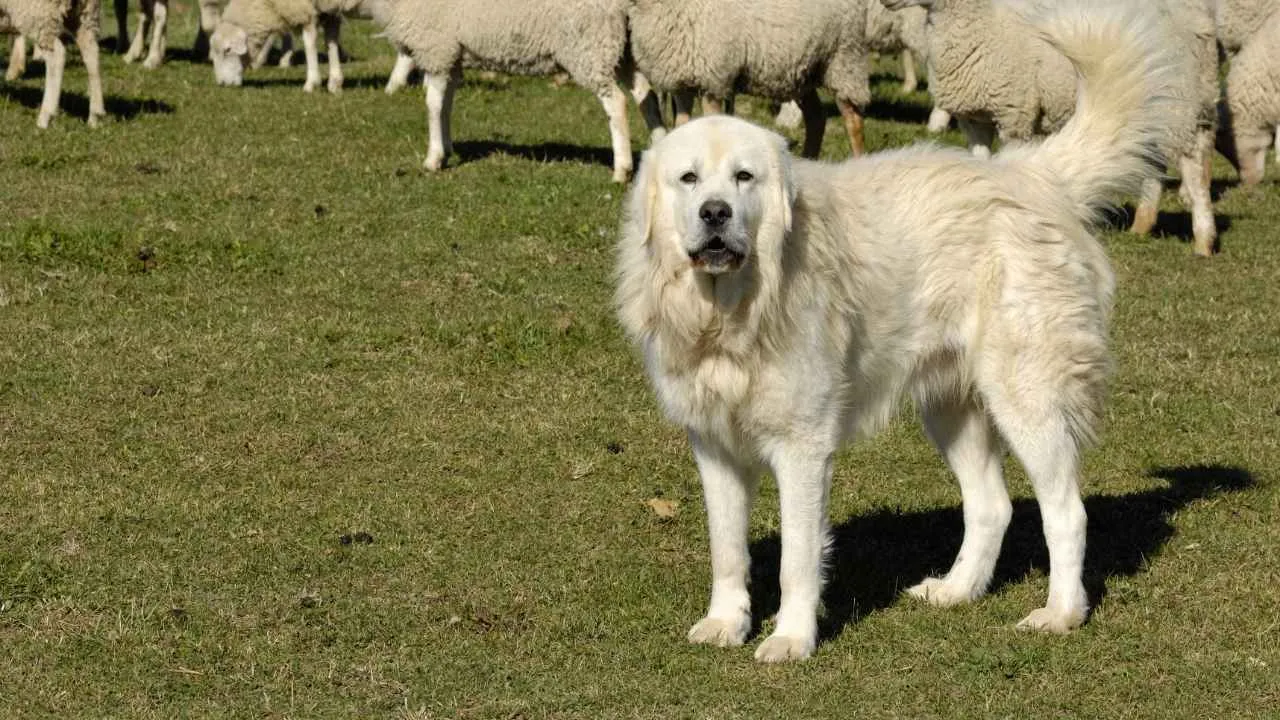
The Great Pyrenees is a breed originally developed to guard livestock, making them naturally protective yet incredibly gentle with their family. They exhibit a composed, patient demeanor and are known for their independent thinking.
One of their most distinctive traits is their strong sense of responsibility. Even without formal training, they instinctively watch over their family members and territory, making them reliable protectors. However, their guarding style is one of calm authority rather than aggression—they will stand their ground but rarely attack unless absolutely necessary.
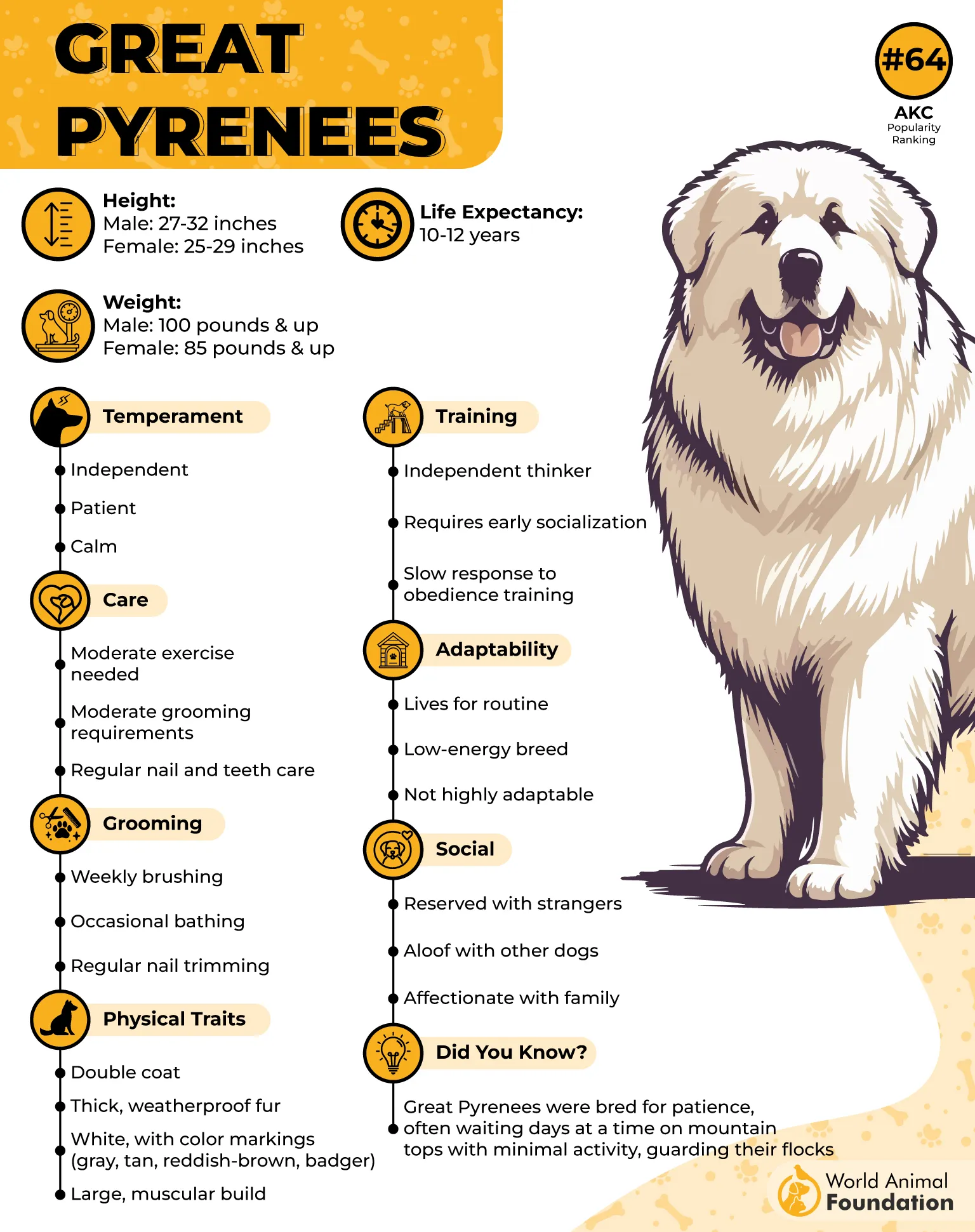
Due to their independent nature, training a Great Pyrenees requires consistency and patience. They are intelligent but can be stubborn, meaning they respond best to firm but positive reinforcement techniques. Early socialization is important to help them recognize friendly visitors versus actual threats.
Physically, they are built for endurance, and while they don’t require intense exercise, they do need daily walks and space to roam. Their thick, weather-resistant coat requires regular brushing, especially during seasonal shedding periods.
The Great Pyrenees is ideal for families looking for a protective yet low-maintenance guard dog. They are particularly well-suited for homes with large yards, where they can patrol and keep a watchful eye on their surroundings.
7. Saint Bernard
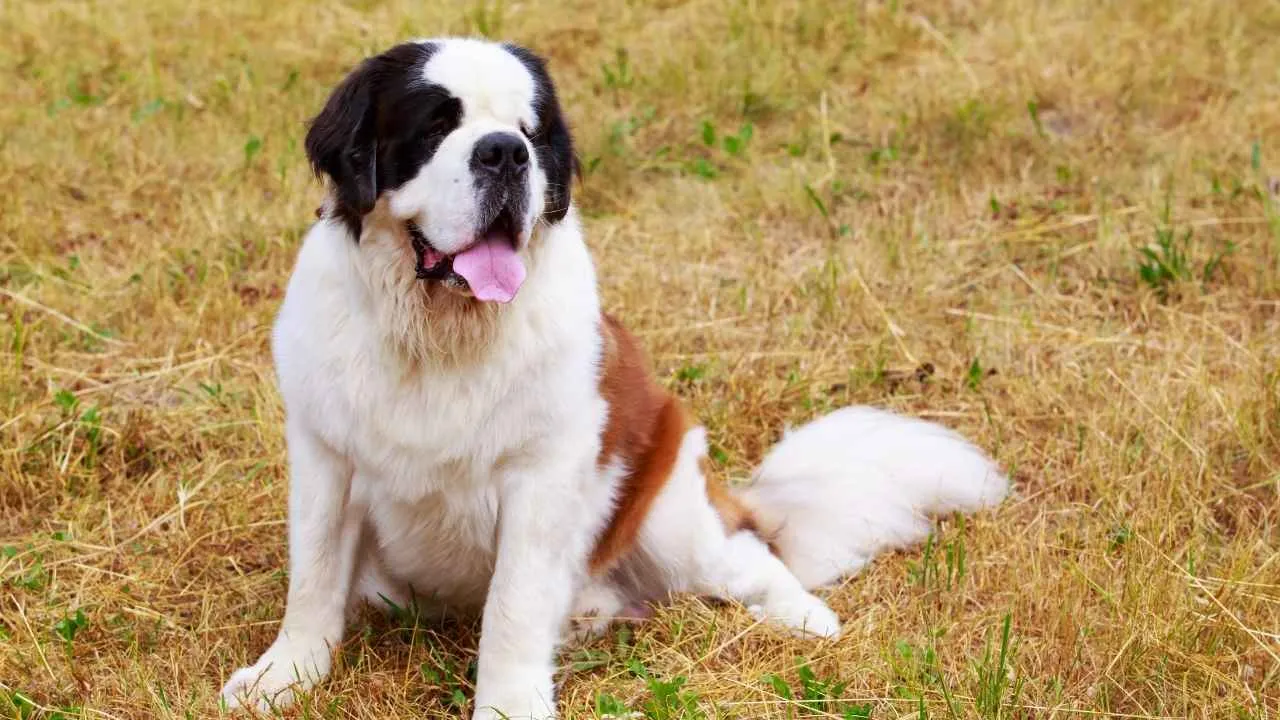
Known for their massive size and kind expression, Saint Bernards are not just legendary rescue dogs but also excellent family protectors. They were originally bred for alpine rescues, meaning they have an innate drive to safeguard those around them. Despite their size, they are among the most affectionate and family-oriented guard dogs.
Saint Bernards are highly intuitive and responsive to their owner’s needs. They are naturally gentle with children and are known for their remarkable patience. However, if they sense danger, they will quickly switch to protective mode, using their sheer size and deep bark as an effective deterrent.

They do not require excessive training to be protective, but early socialization and obedience training are essential to prevent them from becoming overly stubborn or difficult to handle. They are intelligent but may have a slower response time compared to high-energy working breeds, so patience is key when training them.
Their size and thick coat mean they require a suitable living space and regular grooming. While they are not highly active, they do need daily exercise to prevent joint issues and obesity. Regular brushing is essential, especially since they tend to drool, which may require additional cleaning.
For families looking for a giant breed with a gentle heart and strong protective instincts, Saint Bernards is an excellent choice. Their ability to remain calm under pressure makes them reliable guardians and loving companions.
8. Tibetan Mastiff
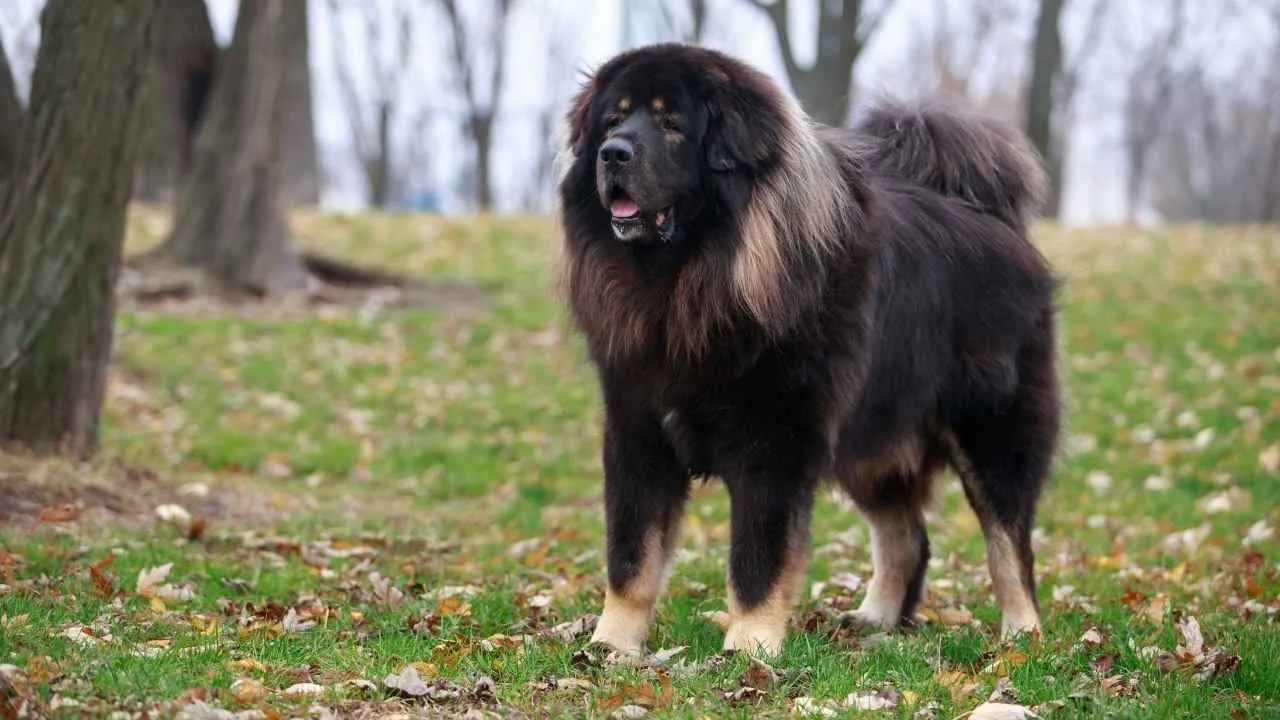
The Tibetan Mastiff is one of the oldest and most powerful guard dog breeds, originally bred to protect livestock from predators in the Himalayas. This breed is known for its deep loyalty, intelligence, and strong territorial instincts, making them a formidable guardian for any family.
Tibetan Mastiffs are naturally independent thinkers, meaning they do not rely on constant commands to assess a situation. Instead, they observe their surroundings and make their own decisions about threats. This makes them highly effective at guarding, but it also means they require an experienced owner who understands how to establish leadership.

Tibetan Mastiffs are not overly active indoors. They prefer to patrol their territory, making them well-suited for homes with large outdoor spaces. However, their independence can sometimes be mistaken for stubbornness, so early socialization and training are crucial to ensure they remain well-mannered.
Their thick double coat requires significant grooming, particularly during shedding season. While they are generally healthy, they need regular check-ups to prevent joint issues due to their large size.
Purina states that the Tibetan Mastiffs are best suited for experienced families who want a loyal, low-maintenance yet highly effective guard dog. They are naturally aloof with strangers but form deep, unwavering bonds with their families, making them one of the most protective yet composed breeds.
9. Chesapeake Bay Retriever
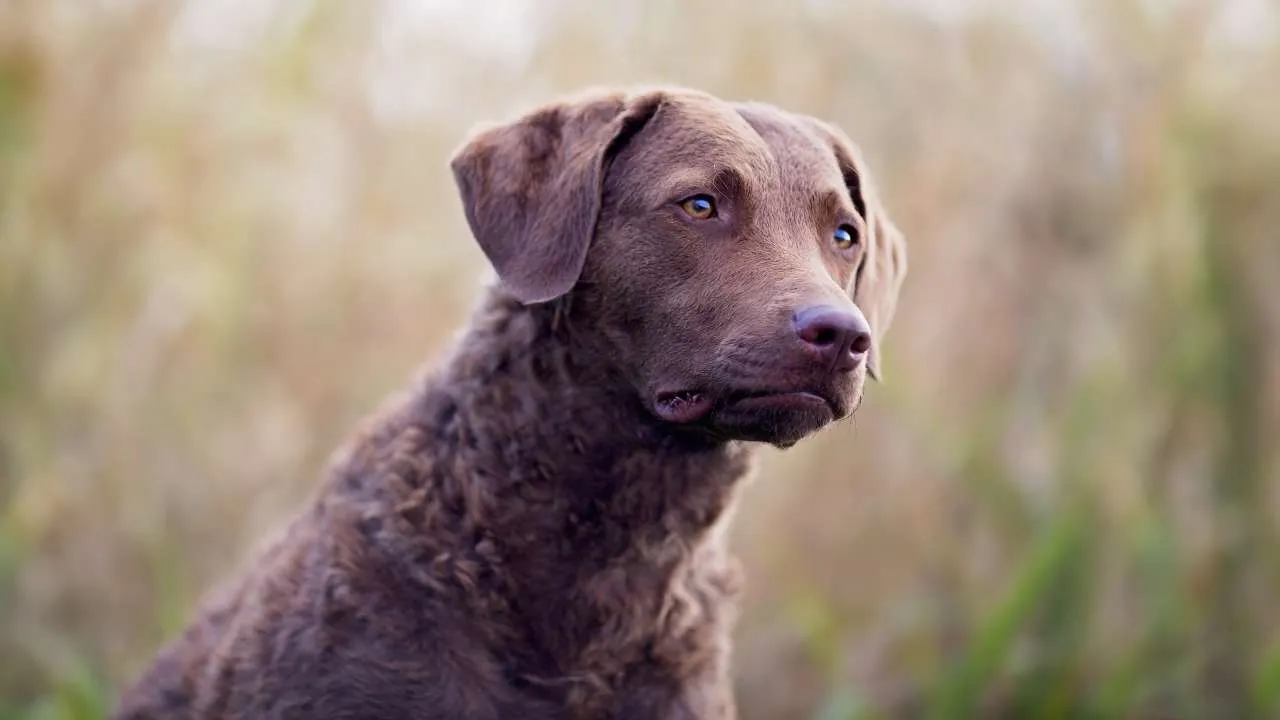
The Chesapeake Bay Retriever is one of the few retriever breeds that prove to be excellent guard dogs. While they share the intelligence and energy of other retrievers, they have a strong protective instinct that makes them unique. Chessies are more reserved around strangers and will instinctively guard their homes and family.
This breed is highly intelligent and eager to work, making them an excellent choice for active families who can provide both mental and physical stimulation. They thrive in environments where they have a job to do, whether it’s guarding, retrieving, or participating in outdoor activities like hiking and swimming.
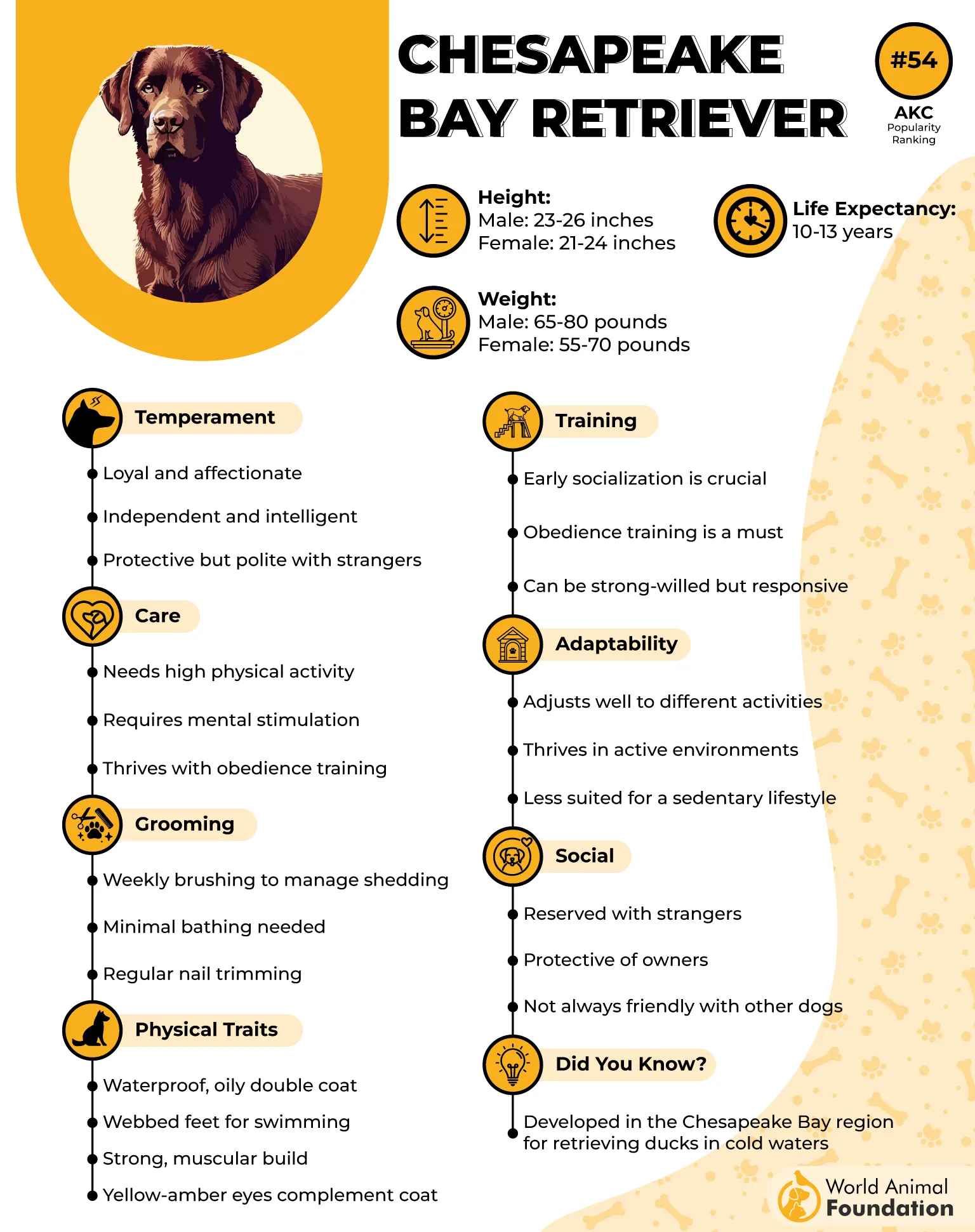
Chessies are known for their strong-willed personality, which requires early and consistent training and socialization. They form deep bonds with their owners but can be aloof with strangers, making them a natural deterrent to intruders. However, they are not unnecessarily aggressive—when raised in a structured environment, they know when to be protective and when to be relaxed.
Their thick, water-resistant coat is relatively low-maintenance but benefits from regular brushing. They are highly adaptable and do well in various climates, thanks to their origins as water dogs in the cold Chesapeake Bay region.
For families looking for a protective yet highly trainable breed with strong athletic abilities, the Chesapeake Bay Retriever is an excellent choice. Their blend of loyalty, intelligence, and guarding instincts makes them a great fit for those who enjoy outdoor activities while wanting a reliable home protector.
Conclusion
The best guard dogs combine protective instincts with a gentle nature, making them ideal for family homes. Breeds like German Shepherds and Dobermans, known as military dogs, offer intelligence and loyalty, while Great Pyrenees and Saint Bernards provide calm yet watchful protection.
Other breeds, like the Golden Retrievers, aren’t traditional guard dogs, but their strong bond with owners makes them excellent watchdogs. Meanwhile, Staffordshire Bull Terriers (“nanny dogs”) are fiercely protective of children. For first-time dog owners, trainable breeds like Boxers and Chesapeake Bay Retrievers offer a balance of security and companionship.
Choosing a great guard dog depends on lifestyle and training. With proper care, any protective dog can be a loyal family guardian.


